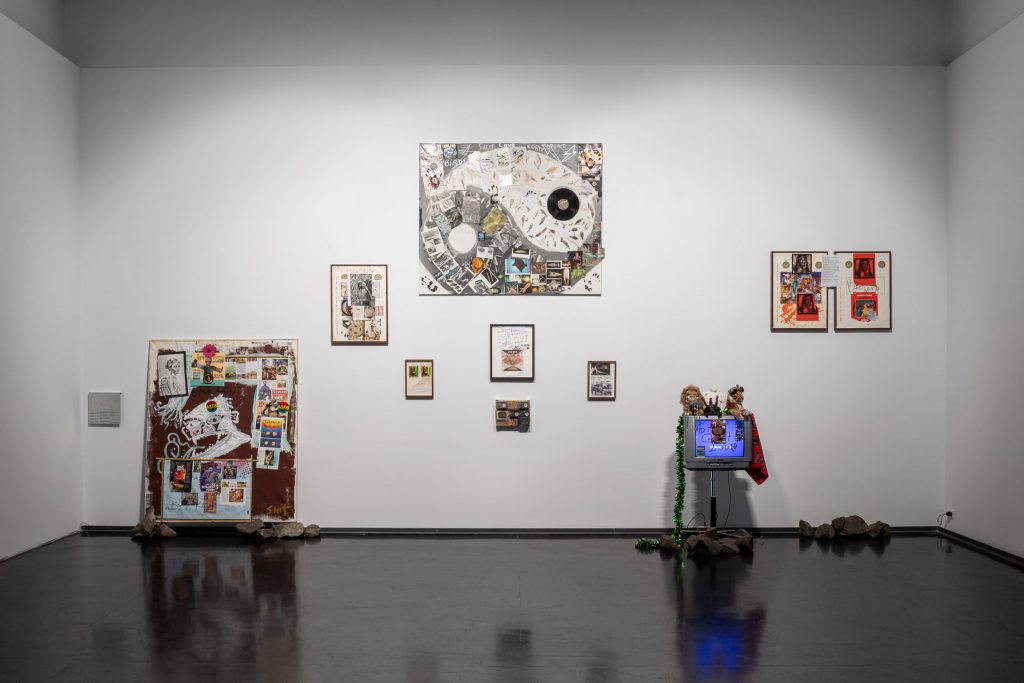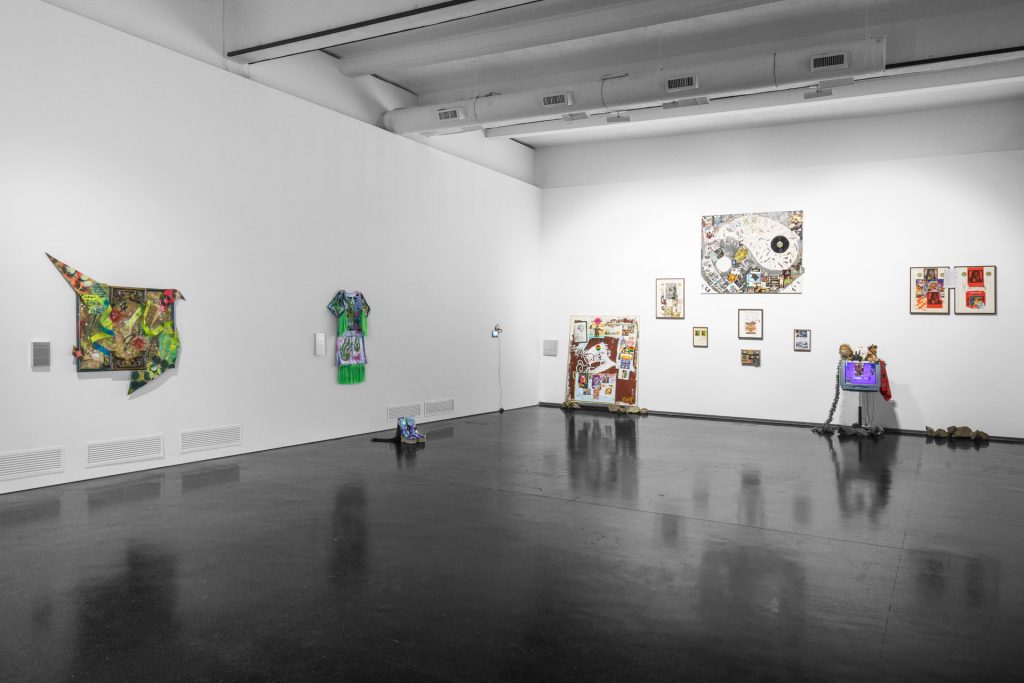
Information
MACRO is located in the Roman neighbourhood of Salario-Nomentano and occupies part of the building complex once used by the Birra Peroni Brewery for its production activities. The area between Via Reggio Emilia, Via Nizza and Via Cagliari was acquired by the Birra Peroni Brewery on 24 November 1911. The following year, through the project of the architect Gustavo Giovannoni, construction works began for the various structures still in use today by the MACRO. At the time, part of the building was used for horse stables and as warehouses. The building complex represents a rare example of industrial archaeology within a city.
In 1971 the brewery activities within the building terminated and the manufactured goods were abandoned. Between 1978 and 1982, a plan was agreed upon with the Municipality of Rome to refurbish the building, which foresaw a donation of a section of the structure to the city to be used to host social activities for the neighbourhood.
In 1984 the Municipality of Rome took charge of the premises, establishing them as the site for the Municipal Gallery of Modern and Contemporary Art of Rome. The refurbishment works began in 1996 and in 1999 the building complex was inaugurated as the Municipal Gallery of Modern and Contemporary Art of Rome. During this intervention, the renovation of the building’s façade on Via Reggio Emilia, the consolidation of the load-bearing structures, the rebuilding of the roofing, the redefinition of internal spaces, and the redefinition of the building’s distribution were carried out. Following the building’s restructuring, both the exhibition spaces and the storage of the collections proved to be largely insufficient.
In 2000 the Municipality of Rome announced an international architectural contest which would need to respond to the necessities for more space, as well as the desire to redefine the image and the functioning of the entire building complex. The new spaces would respond to the heterogeneity of contemporary artistic production, whilst remaining connected to both the existing spaces and the surrounding urban environment.
In 2001 the French architect Odile Decq was awarded the project of realising the museum’s expansion and works began in 2004.
In 2002, the museum was named MACRO — Museum of Contemporary Art of Rome (“Museo di Arte Contemporanea di Roma”).
In 2010, the museum reopened to the public.
Odile Decq’s intervention conferred to the Museum a dynamic system of multiple articulations and connections. The large spaces, such as the exhibition rooms (which occupy a surface area of 4350 sqm), the foyer, the auditorium and the terrace (or panoramic garden) are connected by staircases, elevators, galleries and passages which, besides offering tangential perspectives and sequential points of view, also create a dynamic and heterogeneous experience of the museum’s architecture.
During its years as the Municipal Gallery of Modern and Contemporary Art of Rome (1997–2011), the institution was headed by Giovanna Bonasegale. The building’s extension and the birth of the MACRO museum took place while Danilo Eccher was director (2001– 2008). The new wing designed by Odile Decq was inaugurated by Luca Massimo Barbero, director at the time (2008–2011), succeeded by Bartolomeo Pietromarchi (2011–2013). From 2013 to 2018, the museum was managed by two executives of the Superintendence: Giovanna Alberta Campitelli and Federica Pirani. From 2018 until 2019, the artistic direction was entrusted to Giorgio De Finis with the project MACRO Asilo.
Until 2017, the MACRO was part of the network “Musei in Comune” of the Capitoline Superintendence for Cultural Heritage.
The museum has been managed by Azienda Speciale Palaexpo, an instrumental body of Roma Capitale, Department of Cultural Growth, since 2018.
Closed
-
Monday
Closed
-
Tuesday
12:00 pm - 9:00 pm
-
Wednesday
12:00 pm - 7:00 pm
-
Thursday
12:00 pm - 7:00 pm
-
Friday
12:00 pm - 7:00 pm
-
Saturday
10:00 am - 7:00 pm
-
Sunday
10:00 am - 7:00 pm
July 7, 2025 5:06 pm local time
Location
-
Via Nizza 138, 00198 Rome Rome, Italy







Add a review